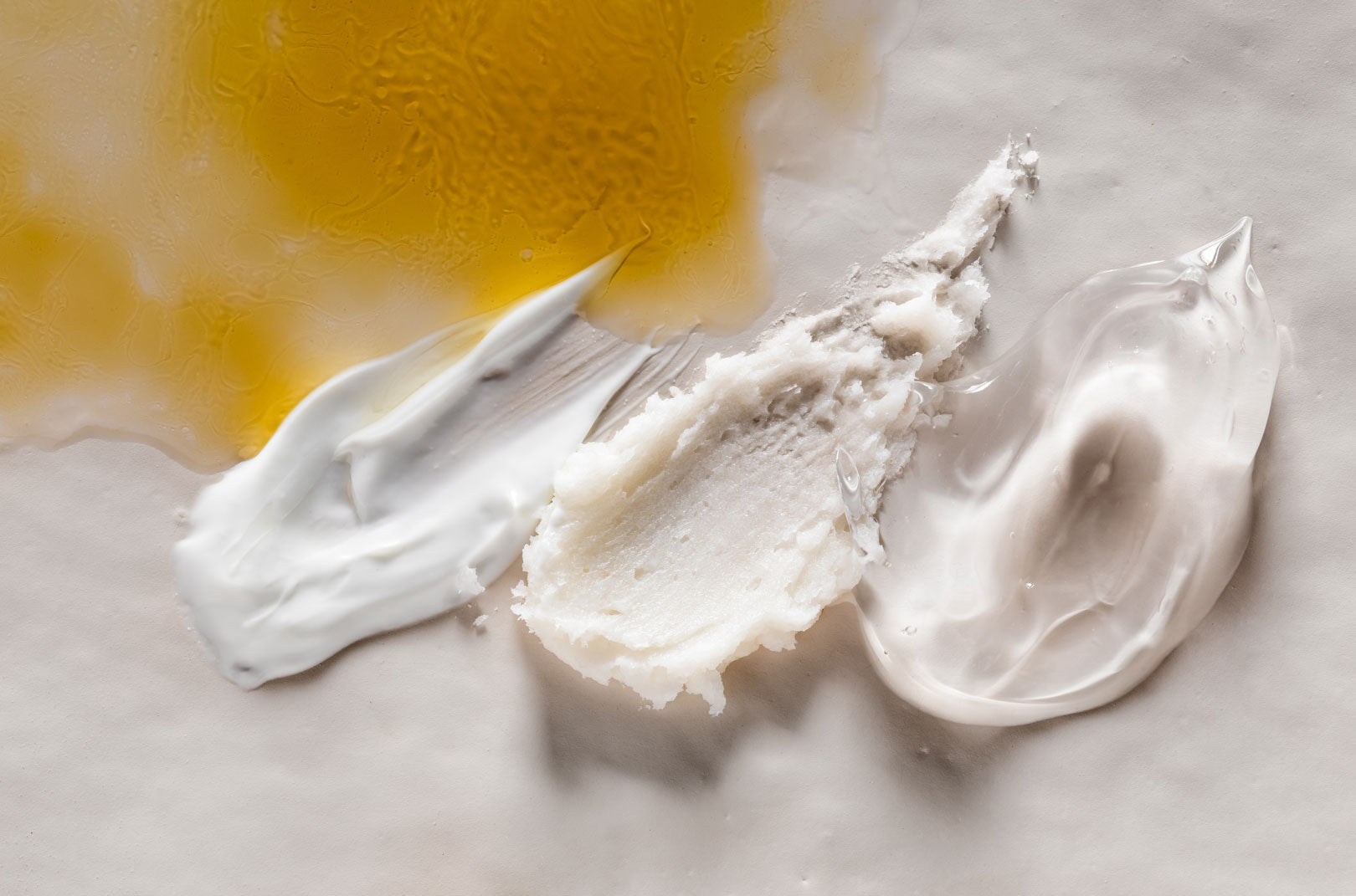This funny-looking tool became a fast favorite once I added it into my skincare routine. It can be used to stimulate lymphatic drainage, release tight fascia, and muscles anywhere on the body. It’s a fantastic compliment to microcurrent and, when used prior to your MyoLift QT, will greatly enhance your results. Get ready for some serious glow! After an Anma treatment, you will feel lighter, more lifted, with energized skin.
The multifunctional Anma (Awn-Mah), which is the Japanese word for massage, was created by Jane Mann, a Las Vegas-based esthetician who offers a lot of education both to consumers, on her YouTube channel, and to professionals, through her trainings. Her focus is on anti-aging with the majority of her education covering fascia release and microcurrent techniques.
While a lot of what you can achieve with the Anma could also be done with a Gua Sha tool, I find the Anma is a great place to start. It’s essentially foolproof and can be used while watching TV or, my personal favorite, while you’re in the shower. Before we jump into how to use the tool, I thought it’d be helpful to quickly cover some key concepts first.

Lymphatic Drainage
Your Lymphatic System is made up of a network of tissues, vessels, and organs that work together to move Lymph, a watery fluid made up of cellular waste, throughout the body. Think of it as the body’s sewer system removing waste, whereas your circulatory system, made up of the heart, lungs, and blood vessels, which moves blood throughout the body, brings oxygen and nutrients.
Unlike blood, which is pumped throughout the body by the heart, your lymphatic system has no pump and relies on gravity to move lymph. Therefore, it can be helpful to give this system a hand, literally, by manually pumping lymph where it needs to go. Lymphatic drainage is the manual movement or drainage of lymph. Instead of using hands alone, we’ll be encouraging this drainage with help of the Anma.
Myofascial Release
I’m sure you are familiar with foam rolling, which is a great way to relieve tightness after exercise. Foam rolling is a form of myofascial release. Fascia is a thin membrane made up of connective tissue, that surrounds and holds every organ, blood vessel, bone, nerve fiber, and muscle of your body in place. Trauma, poor posture, dehydration, and inflammation can all have an effect on your fascia, making it tight and causing it to twist.
Healthy fascia is resilient and hydrated. When Fascia gets dehydrated, tight, or twisted, it can pull on muscles, restricting blood and lymph. On the body, this can cause pain, discomfort, and inhibit range of motion. On the face, this can cause sagging and wrinkle formation. Tight fascia on the neck, traps, and chest can even contribute to jowl formation. The gentle movements you perform with the Anma will help to unwind and smooth out the fascia to keep it and the surrounding tissues healthy.

Anma Basics
This tool is so multifunctional! The diagram above shows you each part of the tool that can be used during a treatment. Every inch is utilized. Next, we’ll cover the pressure that should be used as well as how to utilize each part of this tool.

Fingers - The fingers are used to create cross friction on the surface of the skin. Rake the fingers back and forth, in various directions on the skin using gentle pressure.

Back of neck - This nook, between thumb and fingers, is perfect for gliding along the jawline or even over the browbone.

Thumbs - The thumbs, used together or one alone, are great for activating acupressure points on the face, as well for deeper release on tense muscles.

Spine - By flipping your tool fingers side up, you can use the spine to cover larger areas of the face. This is great for draining or, when using slightly firmer pressure (level two), can be a fantastic way to stretch tight muscles.
Pressure
When using your Anma, you want to be mindful about your pressure, using it too firmly on the face isn’t comfortable and can lead to bruising. Jane suggests a tri-level pressure system. Keep in mind, using the Anma at any level will create a rosy glow.
One - Level one pressure, when gliding the fingers back and forth on the skin, doesn’t indent the skin. Instead, the tool glides gently over the surface, brushing the skin. Using the fingers at a level one will create a jiggling movement instead of scraping the skin. Level one is great for workin on the face, neck, and chest.
Two - Level two pressure creates slightly more friction on the skin. The fingers or spine have full contact with the skin, pushing in to make an suble indent, without leaving a mark. This still is not firm pressure. Level two, when using the fingers, is great on the scalp and back of the neck. When using the spine, level two can be used on the face.
Three - Level three is firm pressure, where you are stripping the fascia along the muscle. I use this more for tension release, while holding the tool stationary.
Watch My Anma Tutorial

Before & After
The picture on the left was taken right before I used the Anma. The picture on the right was taken immediately after an Anma treatment. Aside from the rosy glow, my brows are more lifted, and I see a difference in my mouth and chin area. While the immediate results are subtle, consistently using your Anma is an easy way to maintain the health of your skin and the tissues it contains.
Disclaimer:
While I am a licensed esthetician, I am not a doctor. This site does not provide medical advice and is for information purposes only. Always consult with your physician if you have an existing medical condition or feel unsure about adding in a new product or modality.












